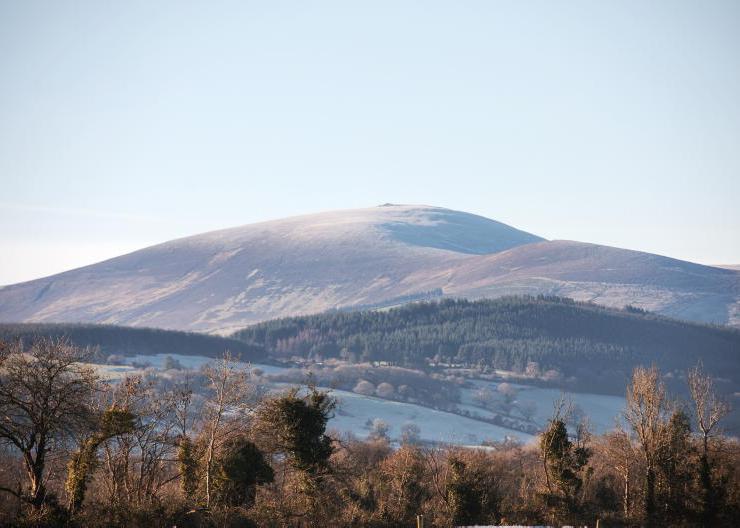DEAR SIR: In relation to climate change, there is much made by the EPA and others about weather extremes in Ireland. Extremes are also cited in the CCAC Annual Review 2019, just issued.
Hurricane Ophelia, for example, is often described as extreme in the media, “Met Éireann issued a status red warning 48 hours in advance of the storm’s arrival: an unprecedented move at the time.” The colour-coded warnings system was first introduced in Met Éireann in April 2012, so it was unprecedented only in the previous five years.
With regard to the storm itself, Ophelia was not even in the top 10 storms since records began. In fact, the most severe storm happened back in 1945, when there was very little carbon dioxide in the atmosphere.
I made a substantial submission to the Citizens Assembly on the topic, entitled How the State can make Ireland a leader in tackling climate change. The paper I submitted deals with the occurrences of extreme weather events in relation to Ireland and my research, using data from Met Éireann, disputed much of the information in the 2013 factsheet issued by the EPA, and presented as one of the main information documents for the citizens.
From my analysis of the Met Éireann data, it is my opinion that weather in Ireland, instead of getting more extreme, as predicted in some climate models, is actually getting less extreme.
Anecdotally, the current severe weather is always the worst since records began and unprecedented. However, if one looks back in the records, you will find that is not so.
Read more
Extreme rain and winter storms to increase
Listen: Forecasting Hurricane Ophelia
DEAR SIR: In relation to climate change, there is much made by the EPA and others about weather extremes in Ireland. Extremes are also cited in the CCAC Annual Review 2019, just issued.
Hurricane Ophelia, for example, is often described as extreme in the media, “Met Éireann issued a status red warning 48 hours in advance of the storm’s arrival: an unprecedented move at the time.” The colour-coded warnings system was first introduced in Met Éireann in April 2012, so it was unprecedented only in the previous five years.
With regard to the storm itself, Ophelia was not even in the top 10 storms since records began. In fact, the most severe storm happened back in 1945, when there was very little carbon dioxide in the atmosphere.
I made a substantial submission to the Citizens Assembly on the topic, entitled How the State can make Ireland a leader in tackling climate change. The paper I submitted deals with the occurrences of extreme weather events in relation to Ireland and my research, using data from Met Éireann, disputed much of the information in the 2013 factsheet issued by the EPA, and presented as one of the main information documents for the citizens.
From my analysis of the Met Éireann data, it is my opinion that weather in Ireland, instead of getting more extreme, as predicted in some climate models, is actually getting less extreme.
Anecdotally, the current severe weather is always the worst since records began and unprecedented. However, if one looks back in the records, you will find that is not so.
Read more
Extreme rain and winter storms to increase
Listen: Forecasting Hurricane Ophelia










SHARING OPTIONS